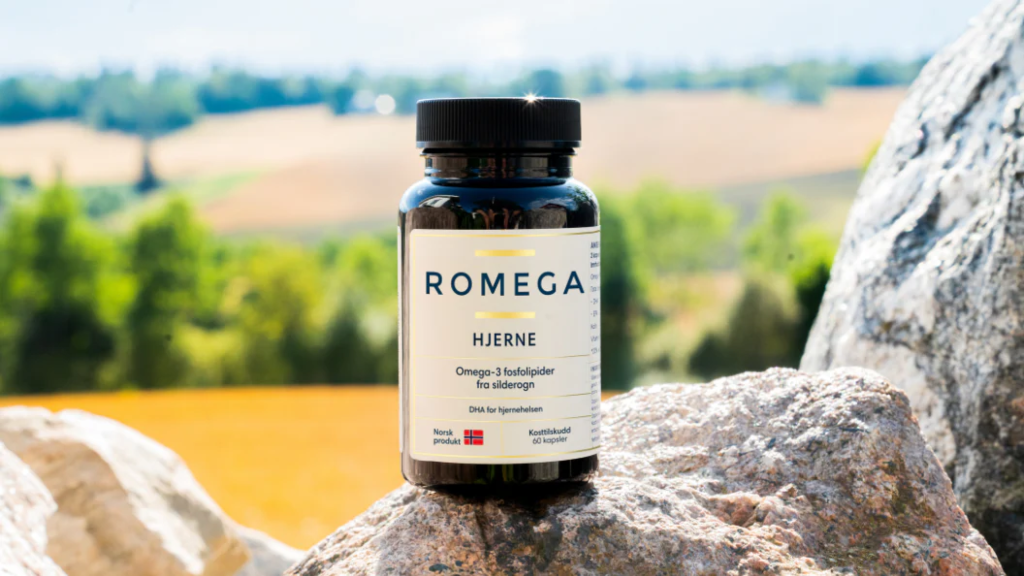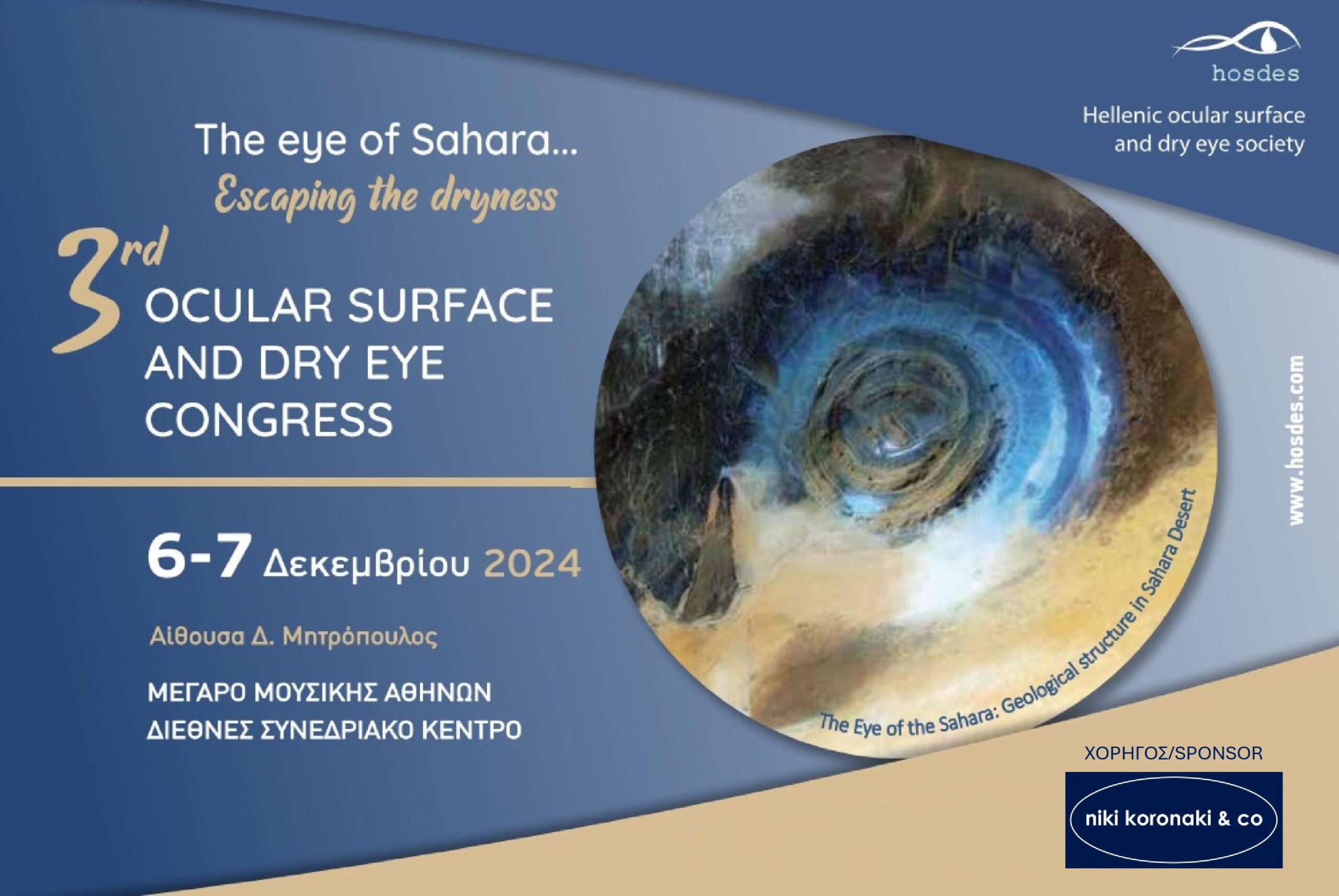The brain contains omega-3 fatty acids which must be supplied to the body because we cannot produce them to a sufficient extent ourselves. DHA is an important fat found in brain cell membranes. DHA is an omega-3 fatty acid found in food from the sea. Herring roe contains a lot of DHA and is a good source of this brain fat. Romega is made from herring roe and contains DHA in phospholipid form, which is well absorbed by the body. Therefore, Romega can contribute to brain health.* 1.14
The omega-3 fatty acid DHA is a building block of the brain
The brain enables us to think, sense and control the body’s movements. More than half of the brain consists of fat, but not normal fat cells as found in adipose tissue. There are several reasons why the brain contains so much fat. All cells in the body contain fat, including brain cells. All cells are surrounded by a thin layer of fat called the cell membrane.
Nerve cells are the longest cells in our body – they can be over a meter long – and therefore have a particularly large cell membrane compared to other cells. The omega-3 fatty acid DHA (docosahexaenoic acid) is an important component of nerve cell membranes, and most of the polyunsaturated fat in the brain is DHA. Therefore, the brain needs more DHA than other organs. 2,3,4,5
DHA has an important role in brain cell membranes
Cell membranes are thin membranes of fat that separate a cell from its surroundings. The cell membrane lets nutrients into the cell and waste materials out. Different cells have a slightly different composition of fat in their membranes, for example nerve cells have extra DHA in their cell membranes.
Cells communicate with each other by sending signals. Signal substances from one cell can bind to the membrane of another cell. DHA has special functions in nerve cell membranes, where it can influence how the cells communicate. 5,6,7
The fat in the cell membrane has a special shape
In the cell membranes, DHA and other fatty substances (lipids) have a special form, which is called phospholipids. Phospholipids look a bit like a nose clip and are the building blocks of cell membranes. The cell membrane is actually a double layer of phospholipids. While DHA from, for example, cod liver oil must be “rebuilt” into a phospholipid in the body before it can be inserted into cell membranes, DHA from Romega is already found as phospholipids.

“The brain becomes what you eat”
The old saying “you become what you eat” is right; the body’s cells are built up from nutrients from the food you eat. Fat from the diet is, among other things, used to build cell membranes in the brain. The membranes of the brain cells contain a particularly large amount of DHA, and because the body cannot make DHA efficiently, it must be obtained from the diet. DHA is an omega-3 fatty acid that is mainly found in food from the sea. 14
Fish fat differs from most other types of fat by containing a lot of the long-chain omega-3 fatty acids DHA and EPA. Both DHA and EPA are important for the heart, but it is DHA that is most important for the brain, which contains very little EPA.* In cod liver oil there is approx. as much DHA as EPA, but herring roe has an extra high content of DHA, and Romega contains three times more DHA than EPA. 6.8
The brain needs DHA in all phases of life
DHA helps maintain normal brain function throughout life. Fetuses and newborns have a particularly high need for DHA because the brain develops rapidly. How much DHA the mother has in her body determines how much DHA the child’s brain receives during pregnancy and breastfeeding. For normal fetal brain development, the mother should get 200 mg of DHA every day. Two capsules of Romega contain 320 mg of DHA. 9,10
Among other things, DHA has been shown to be necessary for maintaining normal brain function in adults, and a connection has been found between levels of DHA in the blood and cognition in healthy adults. During a normal aging process, the volume of nerve cells (grey matter) in the brain decreases, and at the same time the amount of DHA in the brain cells decreases. 6,11,12,13
Getting DHA through the diet helps to maintain brain health, throughout life. Fatty fish such as herring are a good source of DHA. Romega is an omega-3 dietary supplement made from herring roe that contains three times more DHA than EPA. DHA in Romega is bound to phospholipids, as it is in the body’s cell membranes.
*) A daily intake of 250 mg of DHA helps to maintain normal brain function. A daily intake of 250 mg of DHA and EPA helps to maintain normal heart function. Two capsules of Romega contain 320 mg of DHA.
References:
1. Chang CY, Ke DS, Chen JY. Essential fatty acids and human brain. Acta Neurol Taiwan. 2009 Dec;18(4):231-41. PMID: 20329590.
2. Britannica, The Editors of Encyclopaedia. “Adipose tissue”. Encyclopedia Britannica, 11 Jul. 2019, https://www.britannica.com/science/adipose-tissue. Accessed 18 March 2021
3. Faiz, Kashif Waqar: the brain in Store medical lexicon on snl.no. Retrieved 18 March 2021 from https://sml.snl.no/hjernen
4. Holck, Per: nerve cell in Store medical lexicon on snl.no. Retrieved 18 March 2021 from https://sml.snl.no/nervecelle
5. Tanaka K, Farooqui AA, Siddiqi NJ, Alhomida AS, Ong WY. Effects of docosahexaenoic acid on neurotransmission. Biomol Ther (Seoul). 2012;20(2):152-157. doi:10.4062/biomolther.2012.20.2.152
6. Weiser MJ, Butt CM, Mohajeri MH. Docosahexaenoic Acid and Cognition throughout the Lifespan. Nutrients. 2016;8(2):99. Published 2016 Feb 17. doi:10.3390/nu8020099
7. Fossum, Sigbjørn; Text from Store norske lexikon (2005-2007): cell membranes in Store medical lexicon at snl.no. Retrieved 18 March 2021 from https://sml.snl.no/cellemembraner
8. Bernatek, Erling Reinholdt; Svihus, Birger: fat in Store medical lexicon at snl.no. Retrieved 18 March 2021 from https://sml.snl.no/fett
9. Norwegian Directorate of Health, Diet for pregnant women. https://www.helsenorge.no/gravid/kosthold-for-gravide/ 10. Docosahexaenoic acid in Store medical lexicon at snl.no. Retrieved 18 March 2021 from https://sml.snl.no/dokosahexaensyre
11. Richardson AJ, Burton JR, Sewell RP, Spreckelsen TF, Montgomery P. Docosahexaenoic acid for reading, cognition and behavior in children aged 7-9 years: a randomized, controlled trial (the DOLAB Study). PLoS One. 2012;7(9):e43909. doi: 10.1371/journal.pone.0043909. Epub 2012 Sep 6. PMID: 22970149; PMCID: PMC3435388.
12. McNamara RK, Liu Y., Jandacek R., Rider T., Tso P. The aging human orbitofrontal cortex: Decreasing polyunsaturated fatty acid composition and associated increases in lipogenic gene expression and stearoyl-CoA desaturase activity. Prostaglandins Leukot. Essence. Barrel. Acids. 2008;78:293–304. doi: 10.1016/j.plefa.2008.04.001
13. Resnick SM, Pham DL, Kraut MA, Zonderman AB, Davatzikos C. Longitudinal magnetic resonance imaging studies of older adults: A shrinking brain. J. Neurosci. 2003;23:3295–3301.
14. Hulbert AJ, Turner N, Storlien LH, Else PL. Dietary fats and membrane function: implications for metabolism and disease. Biol Rev Camb Philos Soc. 2005 Feb;80(1):155-69. doi: 10.1017/s1464793104006578. PMID: 15727042.






